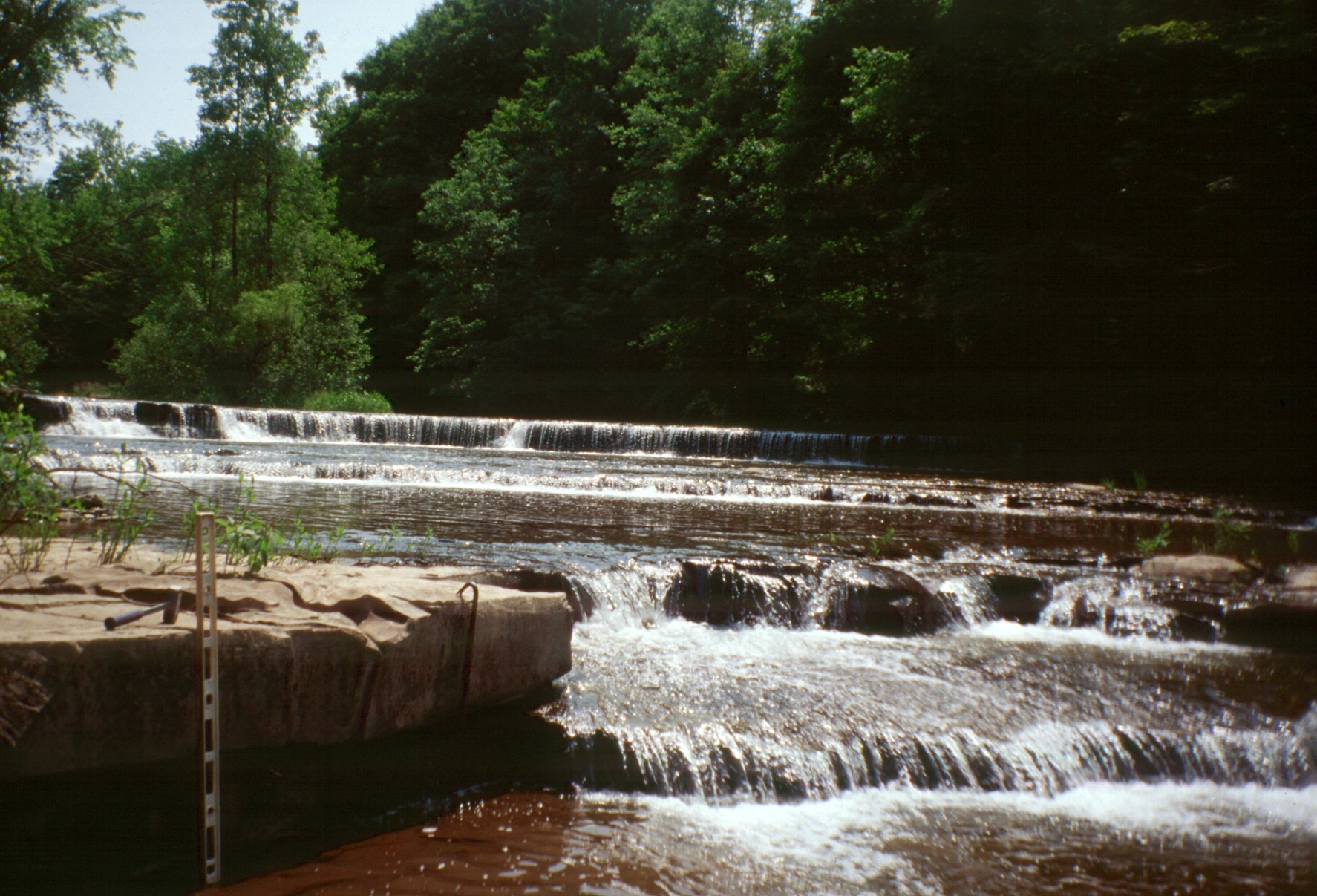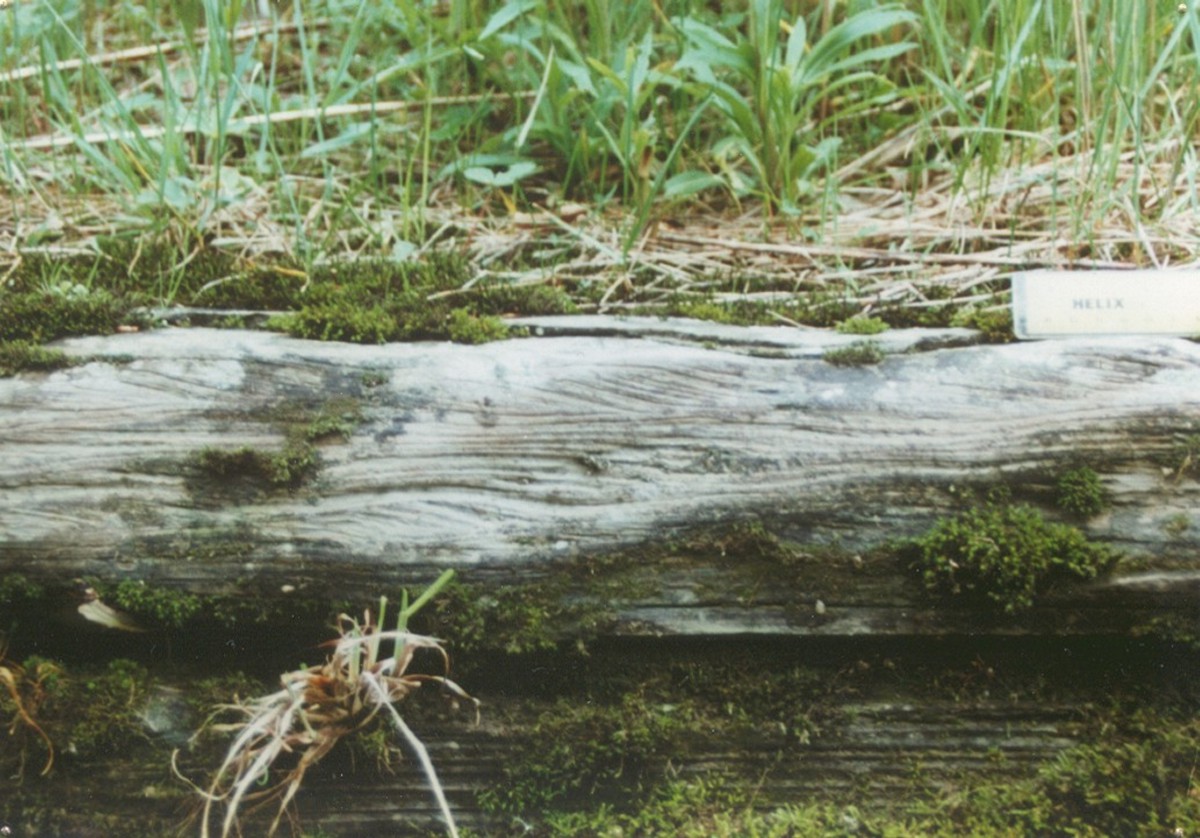Mills-Mills Formation (informal):
Type Locality: Wiscoy Creek, Mills-Mills, NY, (Slader Creek, south of Canaseraga, NY)
Equivalent Names: Canaseraga Sandstone (Chadwick, 1923).
Thickness: 14.9 m (~48.9 ft)
Lithology: The Mills-Mills Formation is characterized by outcrops of thick, amalgamated sandstones. The sandstones are fine to medium- grained and are micaceous. The Mills-Mills Formation can be separated into upper and lower sandstones. The lower sand packet is a 3 m thick, upward fining sequence of sandstones interbedded with thin gray shales and siltstones. The lower sandstone packet has tabular cross-stratification and displays prominent climbing ripples. The upper sandstone packet ranges from 1 to 2 m thick and consists of thick beds (40 to 60 cm) of medium sandstone. Between the two sandstone packets is an interbedded section of gray sandstones, siltstones and shales that change upsection from gray to black. The basal contact of the Mills-Mills Formation is sharp; the upper contact with the Hume Formation is also sharp. The base of the sandstones shows rill-like features at the type section at Mills-Mills along Wiscoy Creek.
Ichnology: Sporadic Planolites and Palaeophycus in the interbedded sections tentatively place the Mills-Mills Formation in the Cruziana ichnofacies.
Depositional Environment: The thick turbidite sandstones are interpreted to represent offshore to basinal deposits. The Mills-Mills Formation represents turbidite deposits thicker than those observed in the underlying formations that are possibly associated with lowstand, representing a prograding deep sea fan channel-levee complex. The TA/B-C starting turbidites are interpreted to be as possible channel-levee deposits or, similar to those identified elsewhere in the Catskill Delta Complex, suprafan channel turbidites. The black shales and siltstones are similar to the overlying lithology of the Hume Formation except that the calcareous concretions within the Mills-Mills Formation are small (approximately 20 cm in diameter). The interbedded shales and siltstones may represent inter-channel deposition.
Mills-Mills Formation

View of the Mills-Mills Fm. from the top of the falls. The base of the thick
sandstone section in the cliff is the
base of the Mills-Mills Fm. The top of the upper, thinner section towards the top of the
cliff is contact between the Mills-Mills Fm. and the Hume Fm.

Upstream view from the top of the falls at Mills-Mills on Wiscoy Creek.
The thick sandstone beds of the Mills-Mills Fm. form a long cascade.

The thick sandstone beds of the Mills-Mills Fm. contain sedimentary structures consistent with
deposition in turbidity flows. Shown here are climbing ripples at the outcrop
along Cold Creek in the town of Hume.